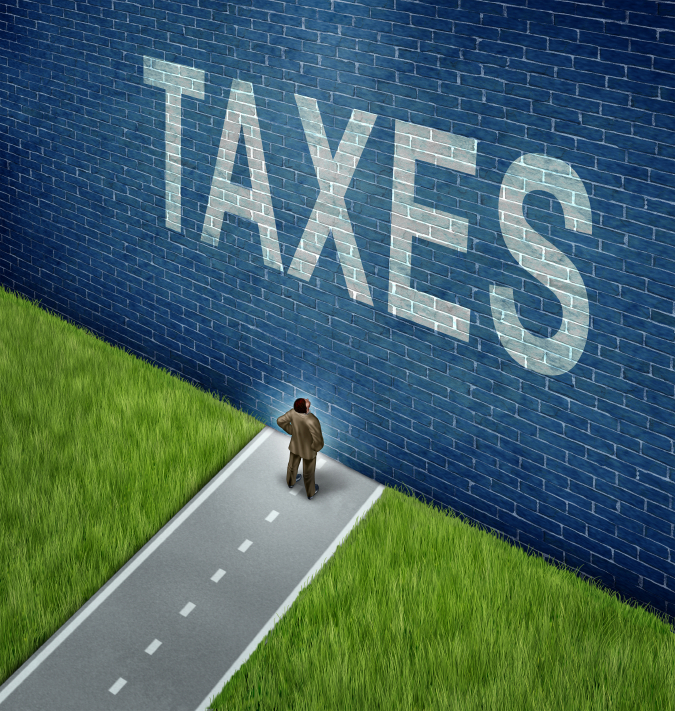
Chapter 13 Bankruptcy
Chapter 13 is better known as a “working man’s” bankruptcy. This is because debtors have cash flow and will “pay off” their debt over time in the bankruptcy. No assets are lost in a Chapter 13 as debtors “buyback” their equity in any assets during the payment period.
Eligible taxes, credit cards, medical bills, and other debts can be paid off in this type of bankruptcy. There are some debts, as with the Chapter 7 as well, that are not dischargeable in this type of bankruptcy such as child support and student loans.
The fee, as of 06/01/14, to file a Chapter 13 bankruptcy is $350.
The “Cramdown”:
One of the biggest advantages to the Chapter 13 filing is the “cramdown” of debts. This is the courts job when all the cash flow, creditors and assets have been filed. The court determines what the debtors monthly payment will be and then divides up that payment among the creditors based on their priority. Hint: The IRS is usually first in line as you will see next.
Once the repayment period is done the debt is considered satisfied, even if they creditor only got a small percentage of the amount they were actually owed. This means, depending on the facts and circumstances, the debtor may repay anywhere between 1% and 100% of their debt.
Once the Chapter 13 is filed all collections activities are stopped and penalties and interest stops accruing. Notice that interest also stops in this plan. There are very, very few things that will stop interest from accruing at the IRS but the Chapter 13 is one of them.
Timelines:
Most Chapter 13 filings take approximately 4-6 months to be completely in place. This includes the petition being filed (See Appendix), the meeting of the creditors, and the open objection period after the meeting. The payback period then usually runs from 36 – 60 months.
Qualifications:
Chapter 13 cases are for debtors that can afford to repay some of their debts and have some positive monthly cash flow. Unlike the Chapter 7, there are limits on the amount of debts. Secured debt can be no more than $922,975 and unsecured debt can be no more than $307,675.
Also unlike Chapter 7, Chapter 13 is only for individuals and not business entities. A consultation with a certified credit counselor is usually required as a part of the process.
Secured vs Unsecured Claims:
There are two types of creditors claims in a Chapter 13 filing with the second type having two sub-types.
Secured Claims:
The value of any tax liens filed before the bankruptcy filing must be repaid at 100% plus interest. The filing of bankruptcy does not release an IRS lien already in place prior to the filing. If the property with the lien is included in the bankruptcy then the IRS will usually release the lien after the discharge as they have been repaid in full up to the value of the property under lien. The rest of the value of the lien is considered unsecured.
Unsecured Claims:
Unsecured Priority Claims: This is the value of unsecured taxes and non-trust fund taxes that are not yet “old” enough under the timing rules to be included in the bankruptcy and the unsecured portion of any trust fund portion of employment and sales taxes. The tax and interest (up until the date of filing) must be paid in full. These debts are not subject to the “cramdown” procedures. The penalties on these unsecured tax liabilities are considered Unsecured General Claims and are subject to the “cramdown” procedures.
Unsecured General Claims: These debts are paid for with whatever cash flow, if any, that the debtor has left after the payments on the secured claims and the unsecured priority claims. This is the actual “cramdown” in effect. The things included in the “cramdown” are items such as tax liabilities that are old enough under timing rules and penalties on unsecured priority claims as well as all other unsecured debt (ie., credit cards, loans, medical bills, etc).
Example: The debtor has a lien in place on his tangible property prior to the filing of the Chapter 13. When he files the Chapter 13 he has equity of $1000 in household goods, $1500 in house equity, and $100 in the bank. The debtors repayment plan must include at least $2600 to the IRS in satisfaction of the lien. This is the secured part of the debt.
The IRS has a total lien of $50,000 against the debtor. So the IRS has $2600 in secured debt and $47,400 in unsecured debt. If the tax liability is “old” enough to be included in the bankruptcy it becomes general unsecured claims and is subject to the “cramdown”. If it is not, it becomes a Priority unsecured claim and must be repaid through the bankruptcy at 100%.
Coming up tomorrow: Can the IRS take my retirement account if I discharge taxes in my bankruptcy?
In accordance with Circular 230 Disclosure





















Recent Comments